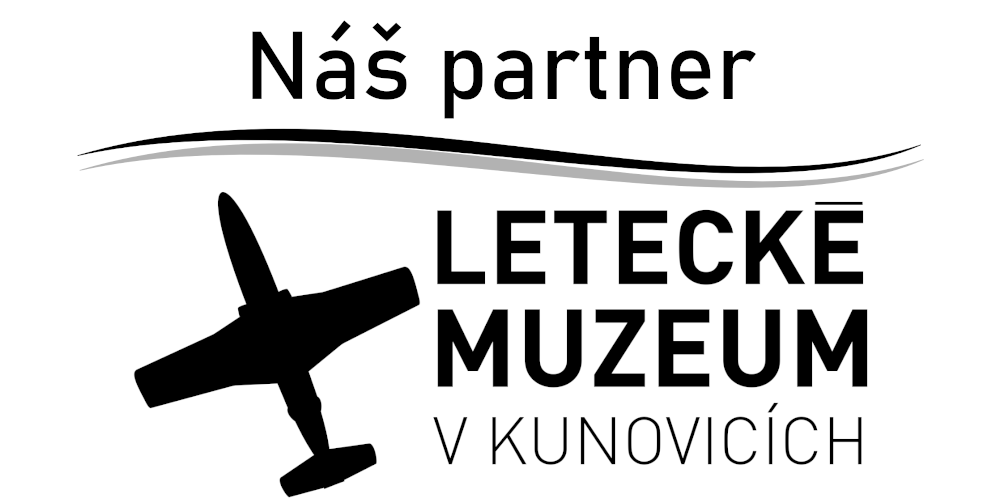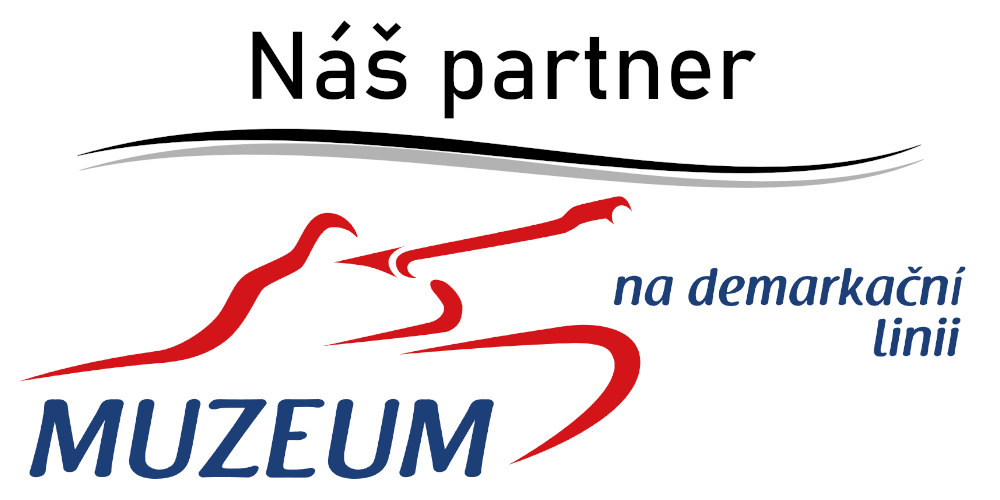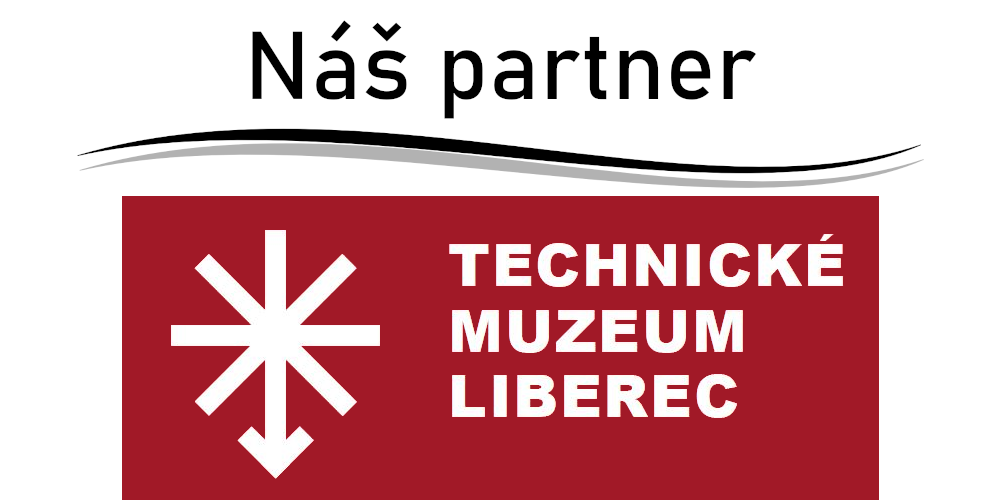Kit of the model of the German tracked armored vehicle Sd.Kfz. 251/10 in Afrika Korps camouflage. The assembled model has an opening rear armored door, front and rear hinges with MG 34 machine guns and functional tracks that can be easily driven on a non-slip surface. The 2-in-1 kit also contains a set of parts from which the PaK 36 cannon can be assembled instead of the front machine gun. The package also includes two German soldier figures with an unmistakable expression on their faces, razor wire, sandbags, a rock and a cube with a description.
Show more
0 %
(0 Ranking)
| List Number: | COBI-3130 |
| EAN: | 5902251031305 |
| Warranty: | 24 months |
| Manufacturer: | COBI |
| Loyalty Points: | 15 |
| Price excluding VAT: | 675,80 Kč |
Description
Parametres
Files and Links
Discussion
Reviews

You know that:
- The vehicle was created in 1937 based on the request of General Guderian, who wanted an armored personnel carrier to transport 10 soldiers to the battle site.
- The manufacturer of the vehicle was the German company HANOMAG, but many components were made in Škoda Plzeň.
- The assembly of several pieces was also carried out by the Tatra company.
- After the end of the war, the Czechoslovak Army acquired many vehicles under the designation HKL6p nicknamed "Hakl".
- The cheap and reliable vehicle had several technical peculiarities. The front steering wheels did not have brakes, and the driver was assisted by a system that automatically braked the belt on the inside of the turn when the steering wheel was turned by more than 15°.
- The fuel tank was placed under the floor so that it was possible to fill up with gasoline from canisters while driving.
- The driver and commander were the only ones protected by a small fixed roof.
- In case of bad weather, it was possible to stretch a waterproof tarpaulin over the tubular structure.
- The final version of the D was Germany's effort to simplify, speed up and cheapen production to supply the Eastern Front. The number of molded armor parts was cut in half, and the transporter lost its characteristic, sharply bent sides.
- In total, about 15,252 units were produced in various versions.
- The iconic vehicle has also left its mark on modern culture. Perhaps no war movie or PC game is complete without a transporter.
Technical parameters:
- dimensions: length 5.8 m, width 2.1 m, height 1.75 m
- weight 9,000 kg
- drive unit gasoline 6-cylinder engine Maybach HL 42 TURKM with a power of 73.6 kW
- number of speeds 4 forward + 1 reverse (with reduction x2)
- maximum speed 52.5 km/h
- range 320 km
- fuel tank volume 160 l
- armor 6 - 14 mm
- crew of 5-6 people
- armament 2x 7.92 mm MG34 machine gun + possibly a 37 mm Pak 36 cannon at the front
From the memoirs of a participant of the Ostrava operation:
"At the end of April 1945 we crossed the border from Poland to Czechoslovakia on the Hrabyně line. Still on the Polish side we came across an abandoned Hakl transport. According to the scattered things, we could judge that the German crew had abandoned the machine in a hurry. We even found the papers of the German driver of the 97th Rifle Division. Except for a cut fuel hose, the vehicle had nothing on it. All we had to do was paint over the German markings, refuel and go home. When we reached Czechoslovak territory, it was a great moment for us."
Assembly instructions
| Version (series) | 01/2025 |
|---|---|
| Dimensions after assembly | 17 x 7,5 x 6,5 cm |
| Scale | 1:35 |
| Number of figurines | 2 pcs |
| Box dimensions | 40 x 28 x 6 cm |
| Package weight | 460 g |
| Number of pieces | 500 pcs |
| Recommended age | 9+ |
| Contains luminous blocks | No |
| Material | Plastic |
| Collection | World War II |
| Compatible with other brand of kits | Yes |
Discussion is empty.
There is no review for product yet
















































































































































